
Cellular Networks
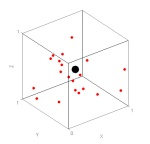
In the reverse link of a wireless cellular network, Power Control is used to ensure that radio link achieves its target signal-to-interference-plus-noise ratio (SINR). In cellular systems (CDMA), the SINR depends inversely on the power assigned to the other users in the system. Mobility of the terminals, along with associated random shadowing and multi-path fading, results in uncertainty in the channel state. Controllers are designed based on analysis of the nonlinear system. Power updates are generated based on these controllers.
Cooperative Control of Networked Systems
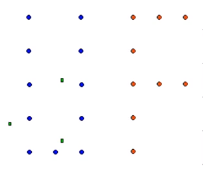
Multi-agent systems have recently emerged as an inexpensive and robust way of addressing a wide variety of tasks ranging from exploration, surveillance and reconnaissance, to cooperative construction and manipulation. The agent here refers to the autonomous ground, aerial or aquatic robots which require a significant amount of information gathering, data processing, and decision making when performing tasks, without explicit human control. The success of these stories relies on efficient information exchange and coordination between the members of the team. This work focuses on the development of decentralized controllers for a group of autonomous agents to perform coordinated global tasks using local information. Key technical challanges include maintaining network connectivity and decentralizing control.
- Network Connectivity & Decentralized Formation Control
- Network Connectivity & Rendezvous
- Network Connectivity & Flocking with Switching Topology
Event Triggered Multi-agent Systems

Multi-agent systems (MASs) are traditionally designed under the assumption that state feedback is continuously available with each agent continuously communicating with its neighbors. Switched/hybrid systems methods, can be used to obtain performance certificates, scalability bounds, and timing conditions for systems with discontinuities arising from communication channel dynamics, vehicle dynamics, and decision logic. Using these tools incorporated with Lyapunov analysis methods, we investigate event- and self-triggered control of MAS where intermittent communication dictated by event triggers and timing conditions developed from switched/hybrid systems methods and Lyapunov-based analysis. Such triggered communication eliminates the assumption of continuous communication with implications of reduced communication bandwidth and energy resources and improved flexibility for operations in contested environments.
Mobile Ad-Hoc Networks (MANETS)
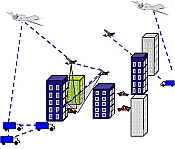
In addition to the uncertainties in the radio channel discussed in Cellular Networks, Random delays like Queuing, Contention, Mobility and Propagation affects the channel model. Also, more importantly, mobile terminal (aircrafts) needs to take decisions on Transmission/Reception of signals from other mobile terminals when the interference keeps varying in the network. Controllers (and hence power updates) for sustaining communication between these terminals needs to be designed based on analysis of this network model.
Network Synchronization
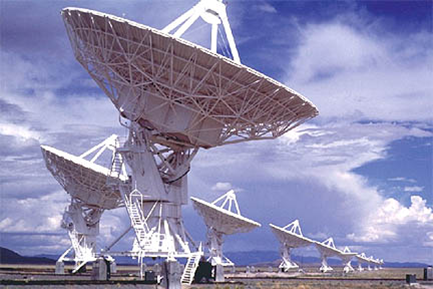
Various modern applications require synchronization between networked agents, including robotic manipulators, sensor arrays, small satellites and generators. Synchronization refers to the mutual state tracking between two or more networked agents. Compared to general consensus, synchronization can emphasize similarity in state while tracking a desired trajectory. In this work, decentralized, asymptotic state synchronization and leader tracking are achieved using a modified RISE controller.
More Info
Network Trust & Social Networks
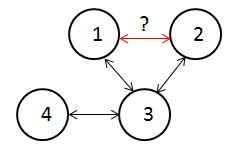
When performing network consensus, wherein agents communicate to obtain neighboring state information and subsequently synchronize, the reliability of that transmitted data must be taken into account to obtain more efficacious network performance; otherwise, undesirable behavior may transpire. As an example, power networks have endured blackouts by falling victim to network intrusion via cyber-attacks. Not only must the concept of trust be incorporated into the enacted distributed control policy while maintaining stability, but a viable method of determining neighbor reliability must be performed. Current research is investigating this two-fold phenomenon.
